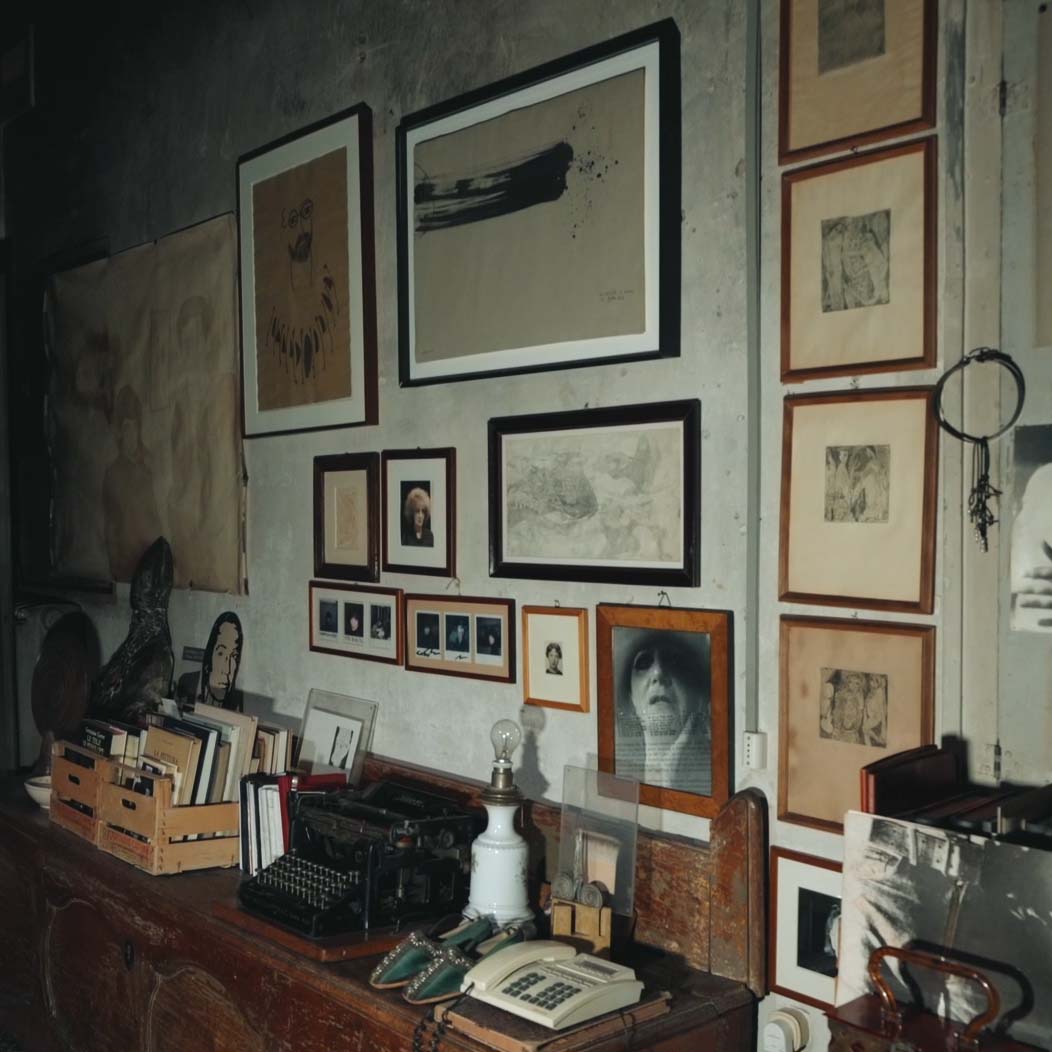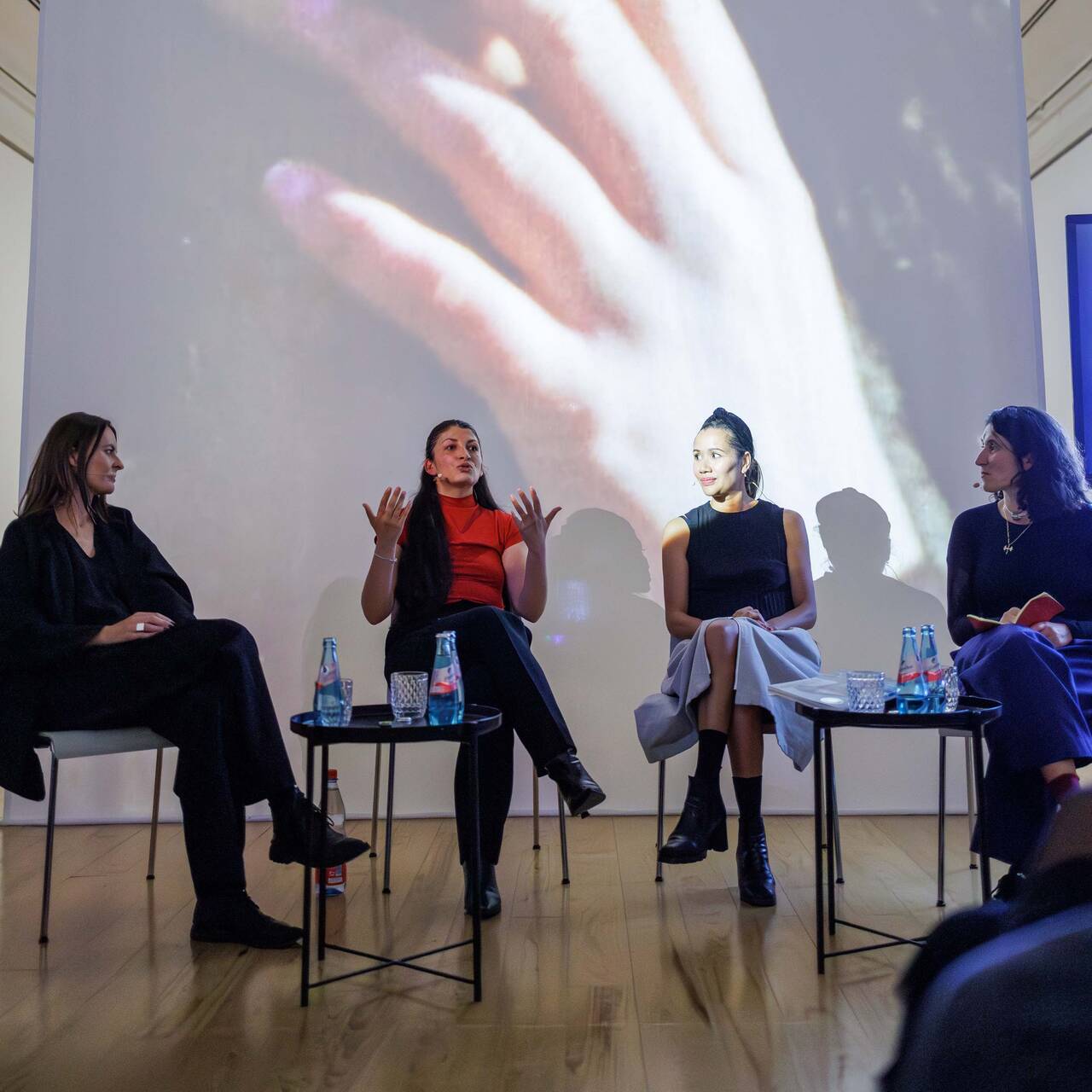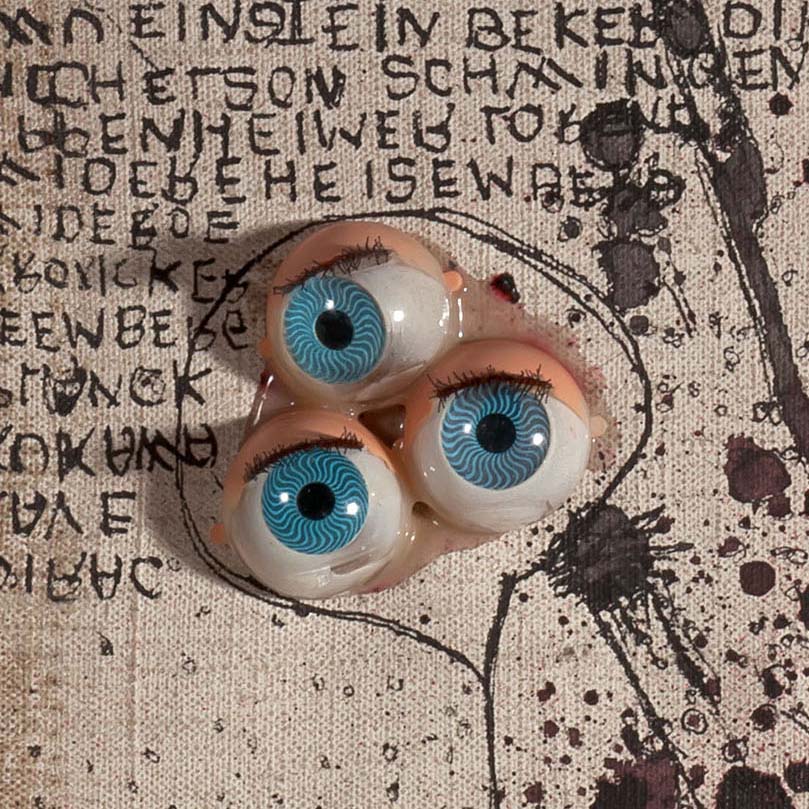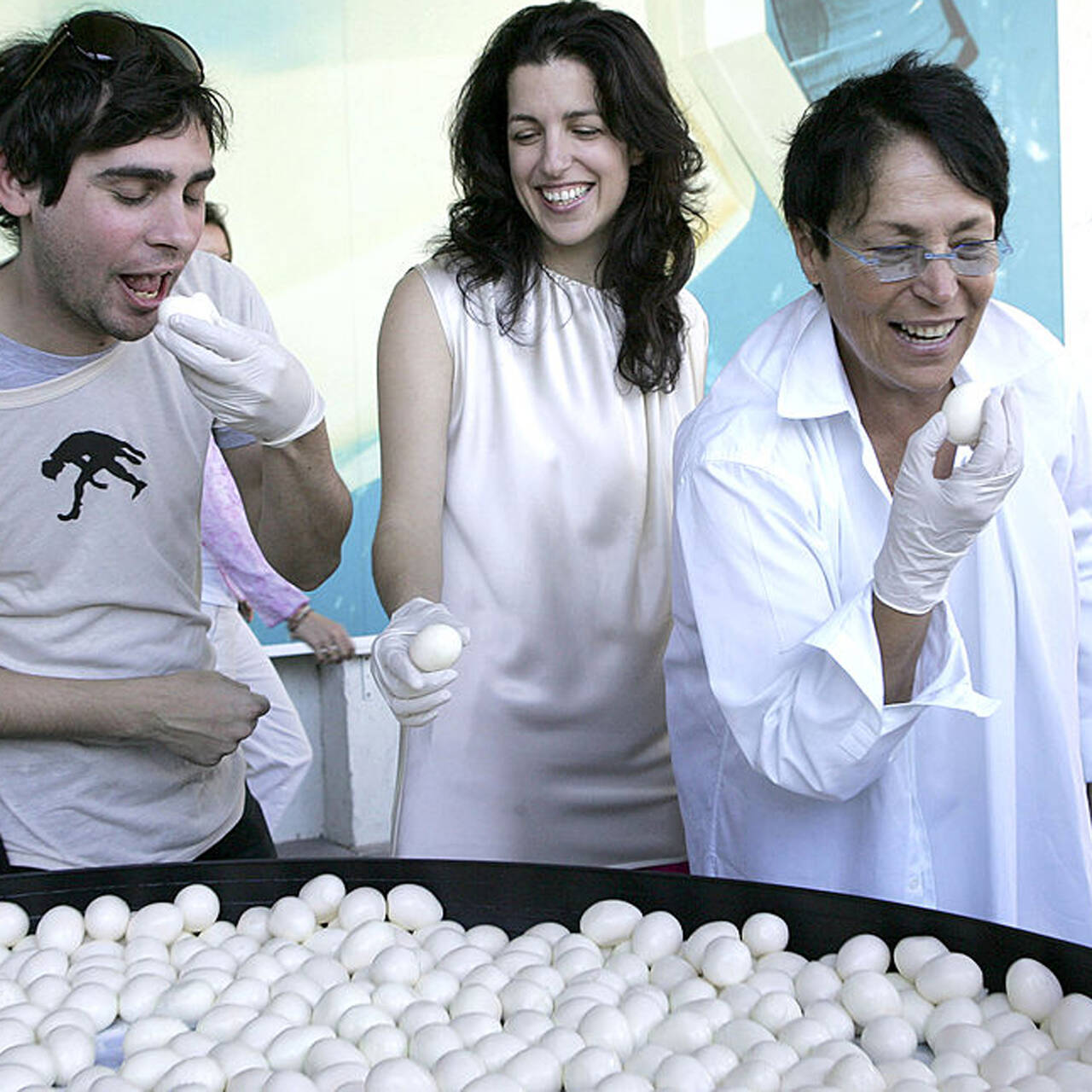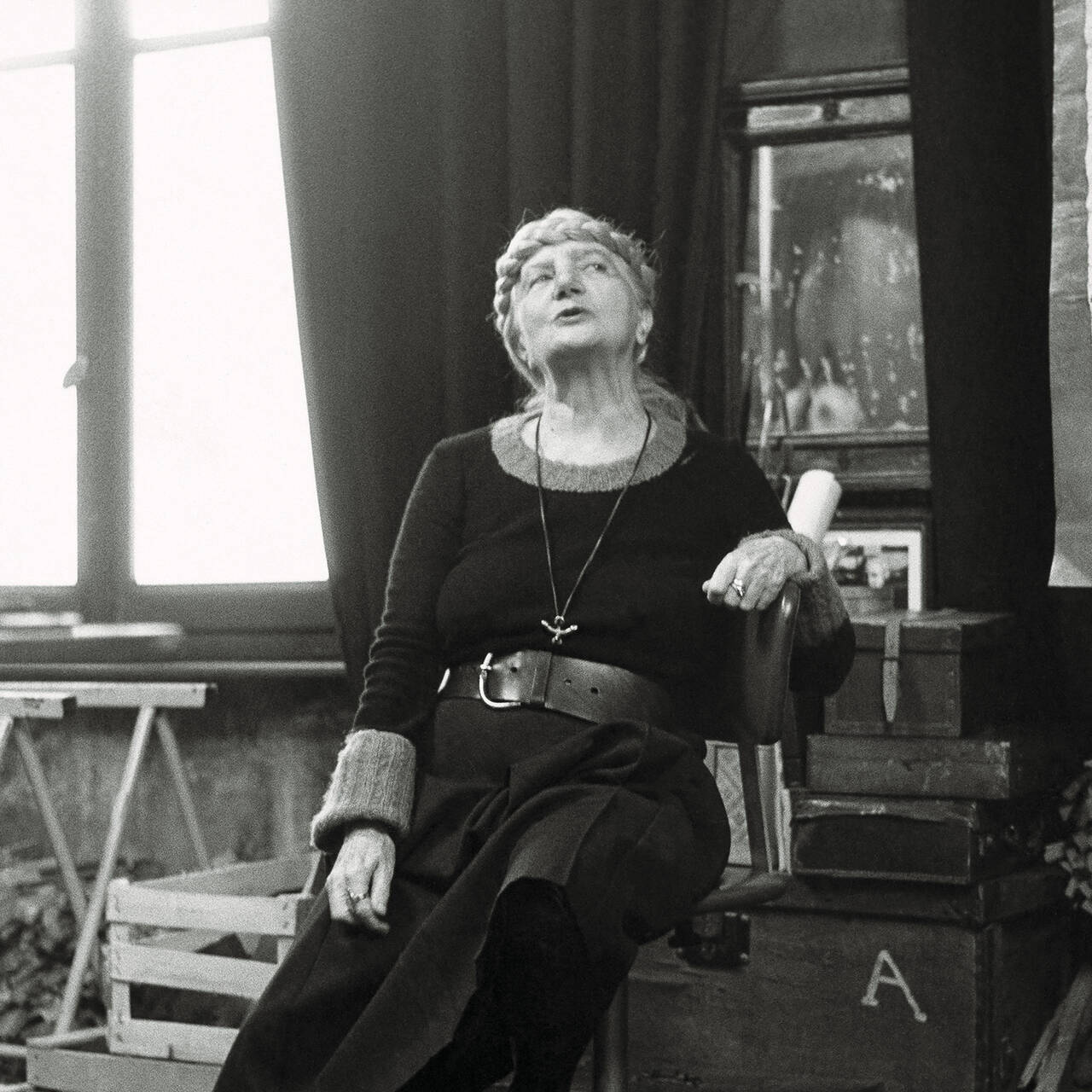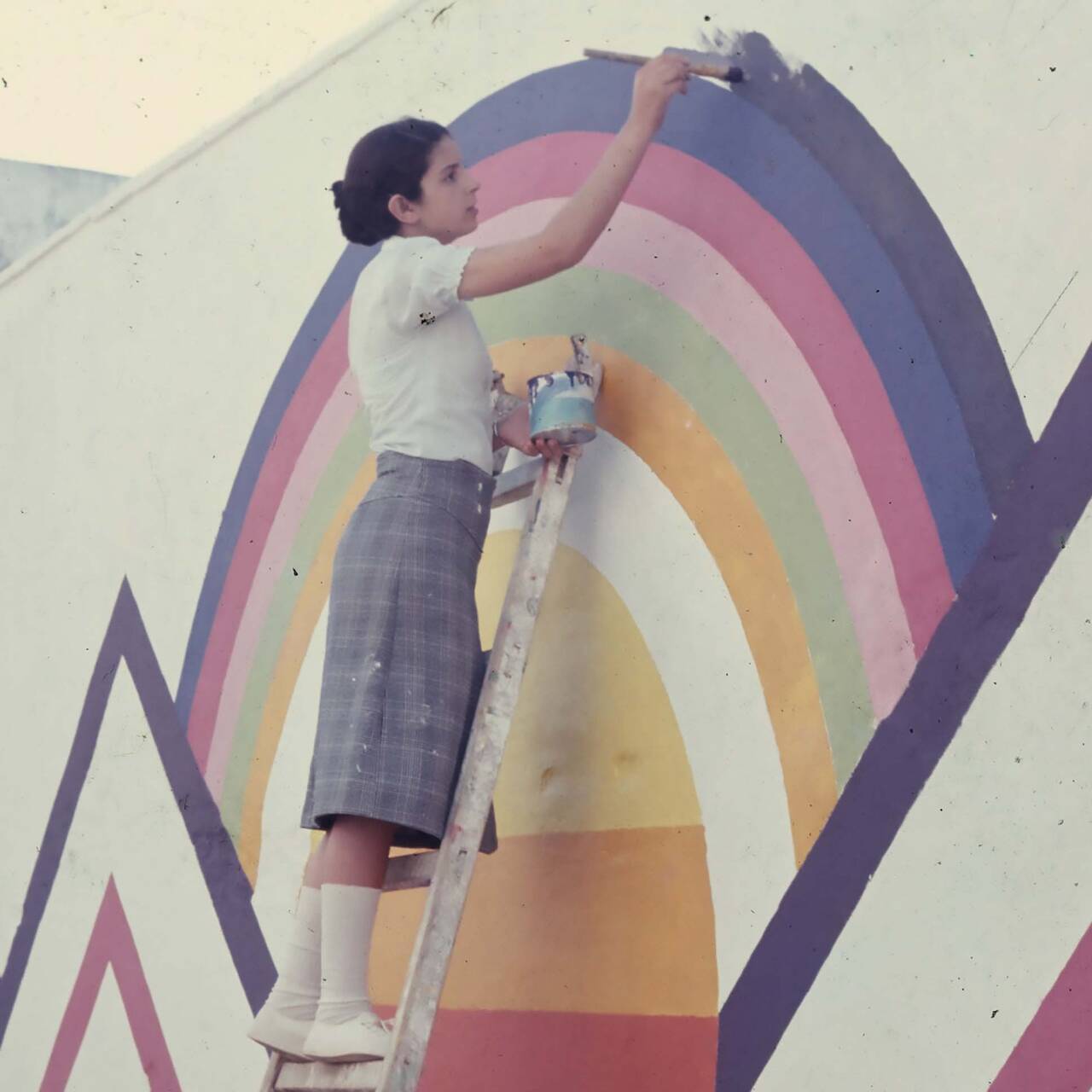How to make a virtue of necessity: Choose a work of art, take three objects from your household and start an Instagram hype!
It began on March 14, 2020 with a clove of garlic, a table-runner, and a cloth. And today, with almost 250,000 followers on Instagram and 42,000 contributions under the hashtag of the same name, it’s become a paramount example of something “going viral”: Tussen Kunst en Quarantaine (between art and quarantine). It was just a month and a half ago that this Instagram profile went online, stemming from a random idea that occurred to Amsterdam residents Anneloes Officier and Floor de Weger while they were working from home. The principle is very simple: You choose a work of art, take a few things from around the house, and use them to replicate the work you have chosen.
Staging oneself as a work of art became a popular amusement as far back as the 18th century. Lady Emma Hamilton, for example, liked to imitate classical works of art and paintings by the Old Masters in her house in Naples, where she was admittedly surrounded by a wealth of beautiful artefacts. At her famous – indeed notorious – dinner parties, she entertained her guests by adopting the poses of characters from famous myths and stories and appearing to merge with the originals. The performances were known as “attitudes” and were so sensational that they became the talk of Europe. These “tableaux vivants”, however, are not solo performances, but rather group activities.




They became a key creative medium for scenes on theater stages and at courtly and bourgeoise festivities. Not least, the performances of the world-famous Oberammergau Passion Play also include countless living images from the Old Testament. The tableaux vivants became even more outlandish and sensational at the beginning of the 20th century when they included nude figures as part of cabaret shows. The naked bodies were only tolerated, however, as long as they did not move – sometimes the end does indeed justify the means.
To this day, living images and particularly living statues remain popular. You need only consider the street artists in big cities, who dress themselves up like monuments, or walking acts at festivals, exhibitions, or even at the SCHIRN (image of Djurberg & Berg SCHAN). The fascination lies in the extraordinary ability to strike a pose and not move. Although that immobile state is, every now and again and – most importantly – with an element of surprise, broken in an interaction with the audience.




So what’s does any of this have to do with garlic and the Instagram challenge? As her first work, Anneloes Officier presented Jan Vermeer’s “Girl with a Pearl Earring” with the abovementioned items – garlic, a table-runner and a cloth – and sent the photo to her friends via messenger. Her friends’ enthusiasm was followed by the approval of her followers on her private Instagram profile, which quickly prompted the decision to create a special account dedicated to the idea. The thousands of submissions demonstrate that, even in times of home quarantine and self-isolation, anybody can be creative.
Museums and galleries have long since caught on to the challenge and are urging their followers and virtual visitors to replicate pictures from their own collections. Particular favorites include Old Masters, Frida Kahlo, René Magritte and “Girl with a Pearl Earring”, sometimes presented in abstract and unusual ways. Admittedly, there are now very few submissions that adhere to the “three-items rule” as people try to professionalize their works down to the last detail; yet this by no means detracts from the pleasure of scrolling through the feed, where carefully incorporated elements like the ever-present toilet paper of these corona times nevertheless add an additional level to the photos.





